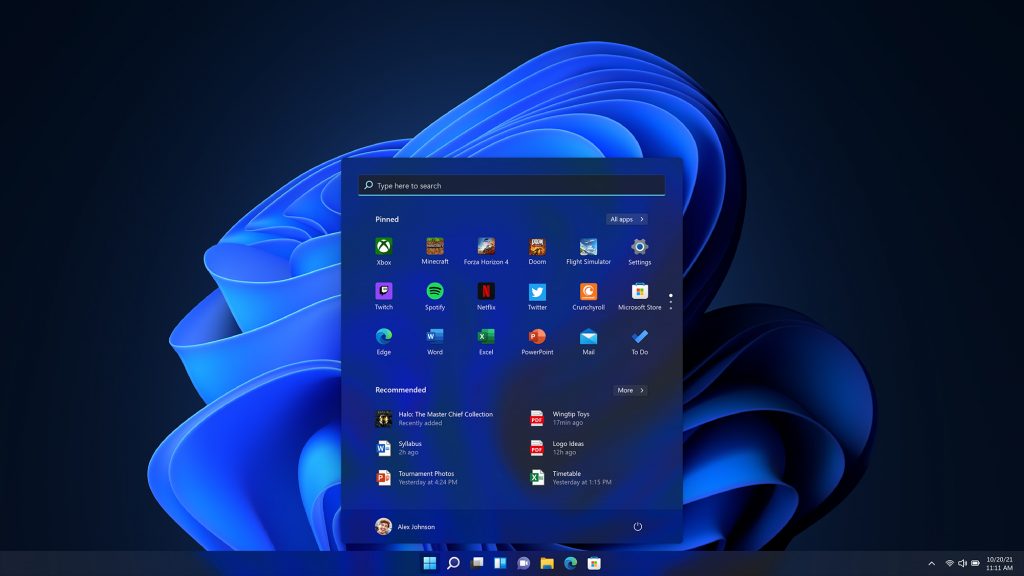Windows 11 finally overtakes Windows 10 as the world’s most used desktop OS

Meanwhile, Microsoft continues to refine Windows 11, with recent updates focusing on AI-powered productivity tools, a redesigned File Explorer, improved gaming performance, and native Android app support through its partnership with the Amazon Appstore.
In a major milestone for Microsoft, Windows 11 has officially overtaken Windows 10 as the most widely used desktop operating system globally.
Nearly four years after its initial unveiling, Windows 11 now powers more PCs worldwide than its predecessor, marking a significant shift in user preferences and the evolution of personal computing.
More To Read
- ChatGPT, Copilot forced off WhatsApp as Meta enforces new AI restrictions
- Grammarly rebrands as Superhuman in major AI productivity shift
- Microsoft unveils MAI-Image-1, its first AI model that turns words into pictures
- Windows 11 setup now requires Microsoft account, blocks local installs
- Microsoft integrates Anthropic to strengthen Copilot platform
- Top Microsoft apps in 2025 ranked by downloads
According to recent usage analytics from global software tracking platforms, Windows 11 surpassed Windows 10 in market share as of July 2025, holding approximately 43.3 per cent of all desktop installations, edging past Windows 10’s 42.9 per cent.
While the margin remains narrow, the crossover represents a symbolic win for Microsoft, which initially faced sluggish adoption of Windows 11 due to its stricter hardware requirements and compatibility concerns.
When Microsoft launched Windows 11 in October 2021, it was met with mixed reactions. Users criticised the requirement for Trusted Platform Module (TPM) 2.0 and newer CPUs, which excluded millions of older, yet still functional, devices.
Early adoption was hesitant, with many individuals and organisations opting to stick with the reliable and familiar Windows 10.
However, incremental updates, user interface improvements, and AI-powered features such as Copilot and enhanced multi-window productivity gradually won over both consumers and businesses.
Microsoft’s consistent push for enhanced security and native support for modern processors also played a role in persuading users to upgrade.
Windows 10’s end is near
The timing of this shift is notable, as Windows 10 is set to reach its official end of support on October 14, 2025.
After this date, Microsoft will cease providing security updates, patches, and technical support for most editions of Windows 10. Paid extended support may remain available for enterprise customers under programmes such as Extended Security Updates (ESU).
This looming deadline has contributed to the recent spike in Windows 11 installations, with IT departments around the world accelerating migration plans to avoid running unsupported systems, a risky proposition in today’s cybersecurity landscape.
As Windows 11 cements its position as the leading desktop platform, attention is turning to what comes next.
Microsoft insiders have hinted at a next-generation Windows version, informally referred to as “Windows 12”, potentially launching in late 2026 or 2027. Reports suggest deeper AI integration, enhanced cloud functionality, and more modular updates tailored to specific device categories.
Meanwhile, Microsoft continues to refine Windows 11, with recent updates focusing on AI-powered productivity tools, a redesigned File Explorer, improved gaming performance, and native Android app support through its partnership with the Amazon Appstore.
Windows 10, launched in July 2015, was initially dubbed “the last version of Windows”, with Microsoft planning continuous updates instead of releasing numbered successors.
That strategy quietly shifted, culminating in the development and launch of Windows 11 six years later.
Top Stories Today












































